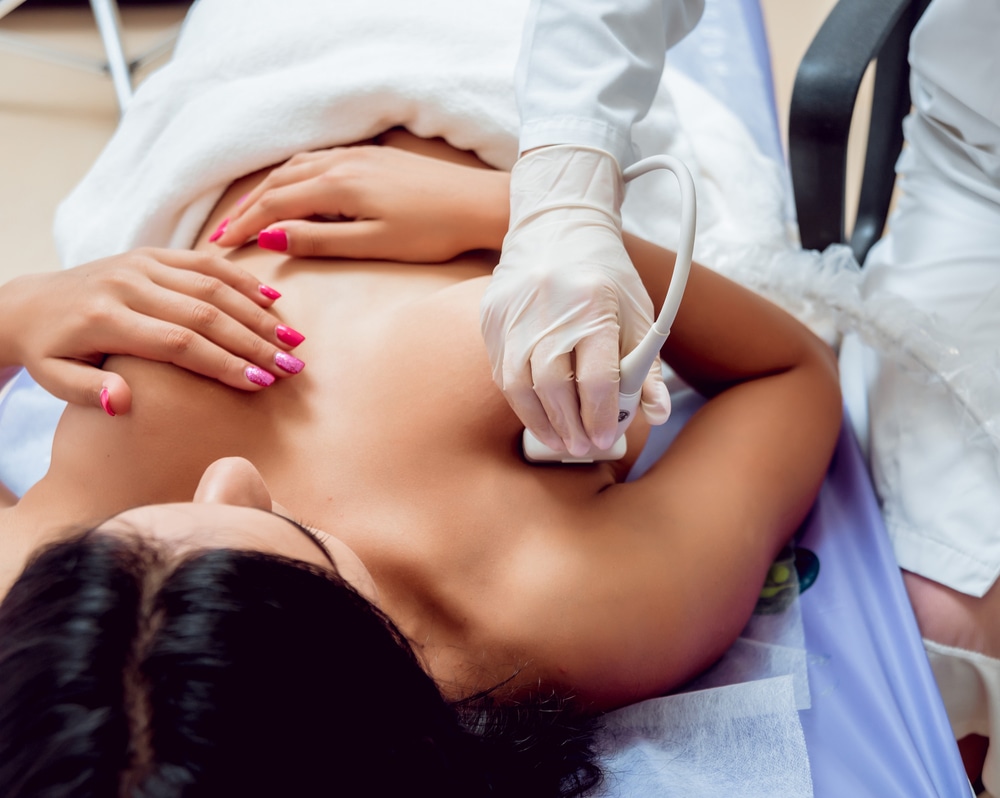Importance
Prevention seeks to detect the disease in earlier stages. mammography in asymptomatic women over 40 years of age is most effective.
Specialists recommend having this test every year in the month of the breast.
The importance of frequent self-examination. Although it is not as effective for a diagnosis, it is very useful for interval tumors, that is, those that develop between mammograms, although they are not very common.

Is the study of the mammary glands. It is the only tool that makes it possible to accurately diagnose breast carcinoma in early stages when it is not palpable, therefore it is the only method used and approved worldwide in the investigation of the disease.
Inside the mammography room, our radiologist technician will attend to you gently, indicating the position you should have in the equipment, and then place the right breast on the surface where the compression is performed. The same process is carried out for the left breast and the complete study lasts approximately 10 minutes.
The routine exam requires at least two projections (shots) on each breast. These images are evaluated by the specialist doctor and, depending on the findings, he may decide to carry out additional projections and / or complementary ultrasound.
Breast ultrasound uses sound waves to produce pictures of the internal structures of the breast. It is used to help diagnose breast lumps or other abnormalities that your doctor might find during a physical exam, mammogram, or MRI of the breast.
Leave jewelry at home and wear loose, comfortable clothing. During the procedure, you will be asked to remove your clothing from the waist up and to put on a gown.
How is the procedure carried out?
You should lie on your back on the exam table, and you may be asked to raise your arm above your head.
After you are placed on the exam table, the radiologist will apply a warm gel to the area of the body being studied. The gel will help the transducer make safe contact with the body and eliminate air pockets between the transducer and the skin that can obstruct the passage of sound waves to your body. The transducer is placed over the body and moves back and forth through the area of interest until the desired images are captured.
